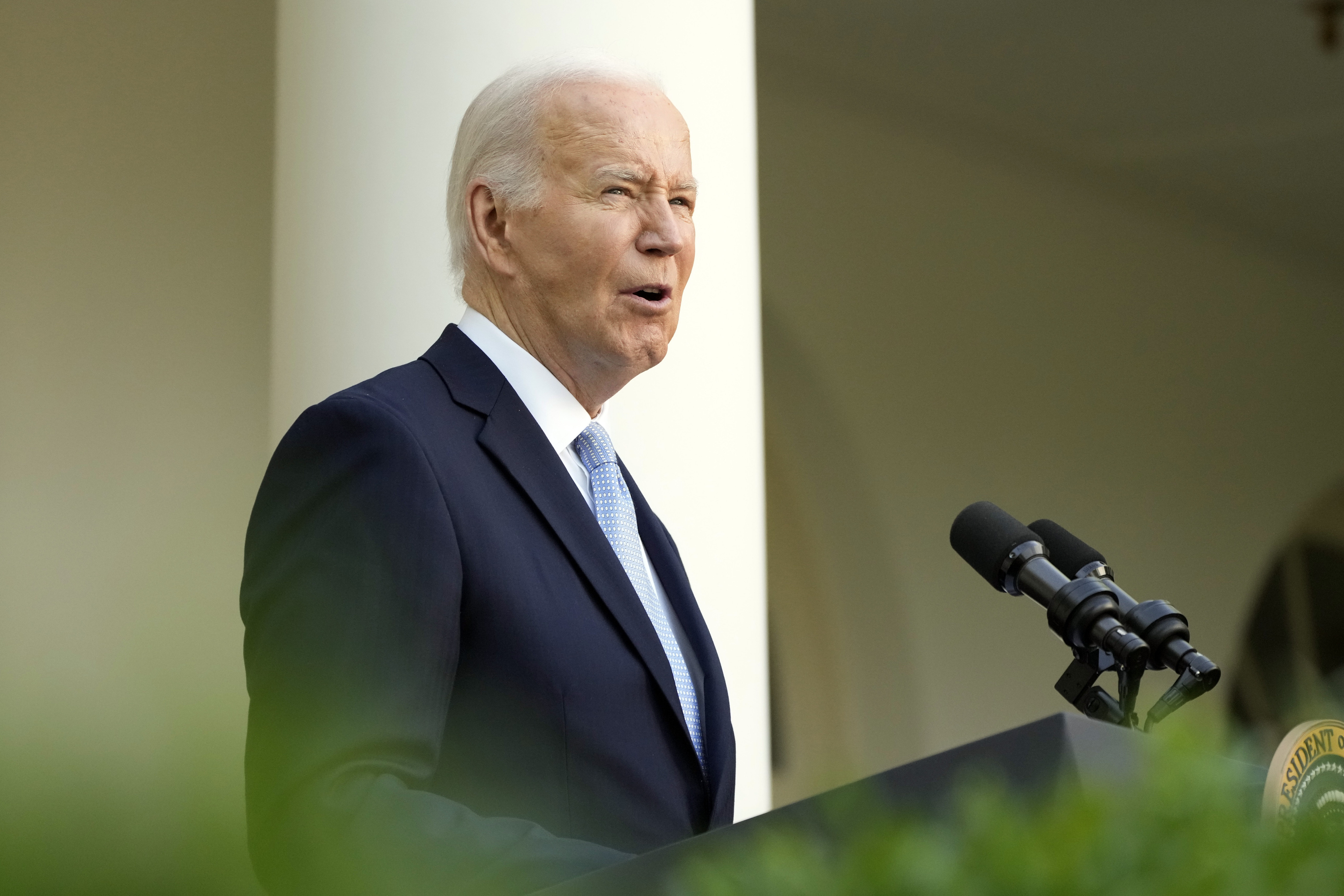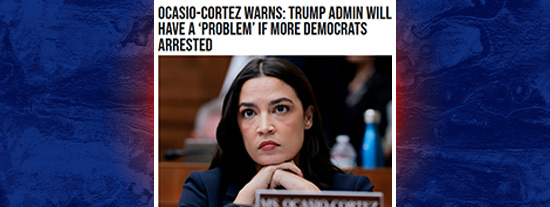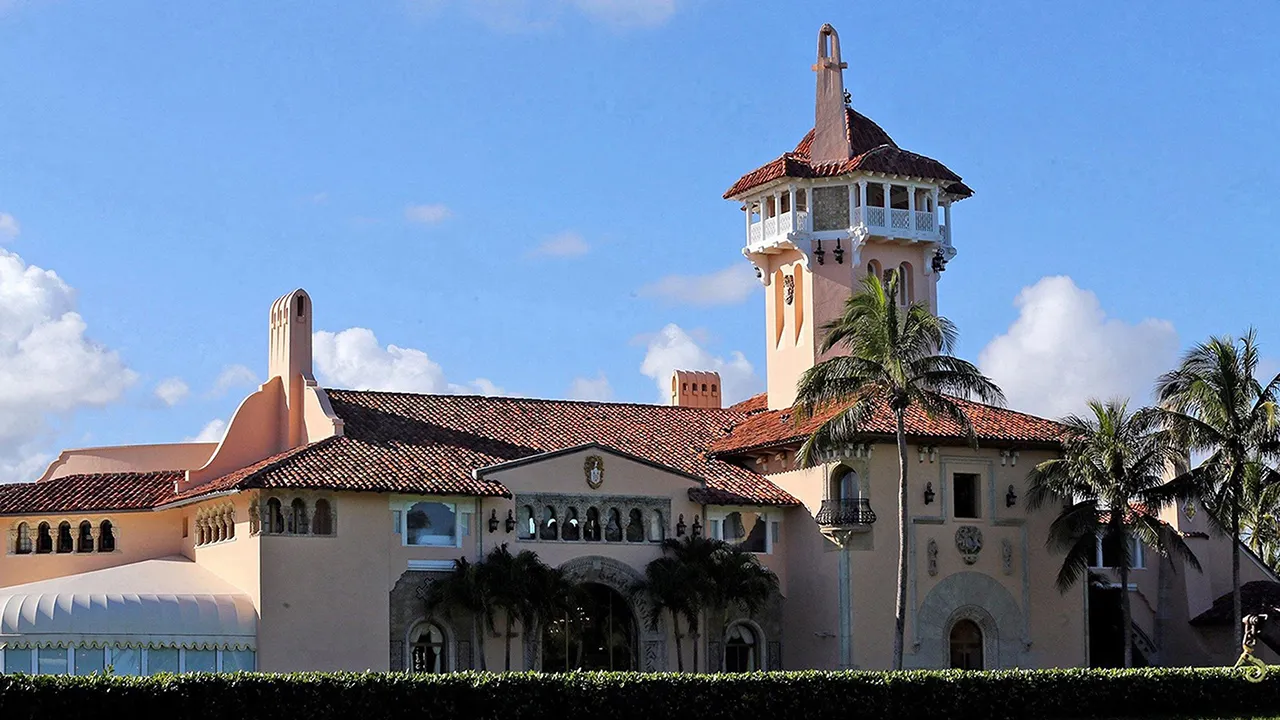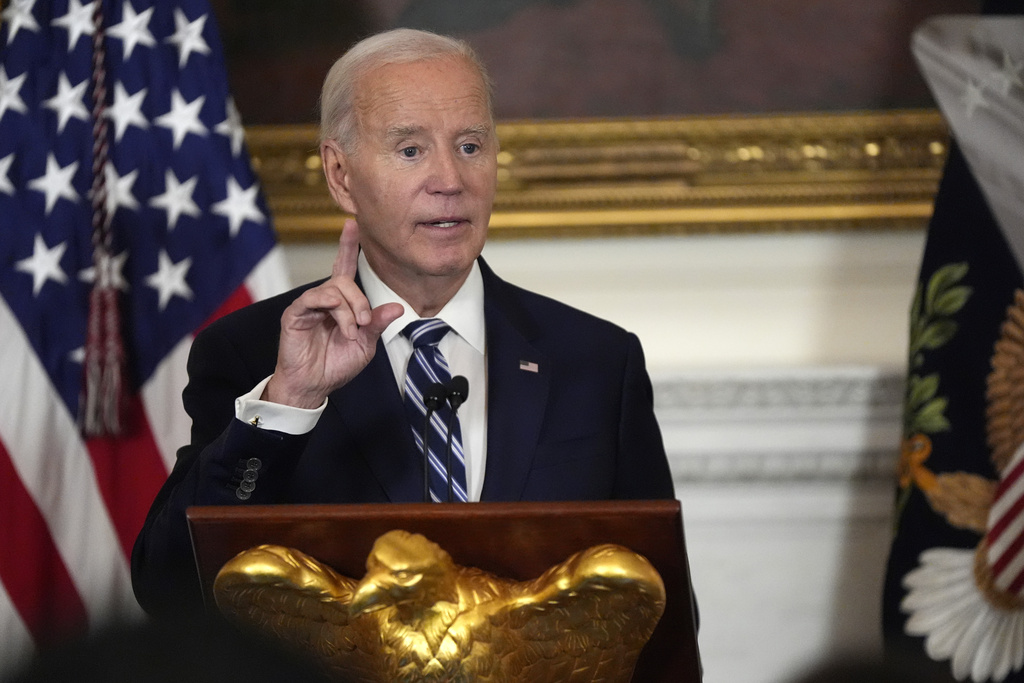Biden releasing 1 million barrels of gasoline from Northeast reserve in bid to lower prices at pump

The Biden Administration announced Tuesday that it will release 1 million barrels from a Northeast Reserve established after Superstorm Sandy to help lower gas prices this summer.
Sale of storage facilities in New Jersey and Maine will be done in 100,000-barrel increments. This approach creates a competitive bid process to ensure that gasoline can be delivered to local retailers before the holiday of July 4, and at competitive prices.
The department stated that the move was intended to “lower costs for American consumers and families” and follows a directive from Congress to sell the reserve, which has been in place for 10 years, and then to close it. The language was part of a budget deal Congress approved to avoid a partial shutdown in March.
Energy Department officials said that the sale of one million barrels (about 42 million gallons) was planned to relieve motorists just as summer driving season is about to begin.
|
AAA reports that gasoline prices nationwide average $3.60 a gallon, an increase of 6 cents over the past year. The president’s ability to take action to reduce inflation is limited. It is one of few things he can do on his own.
Jennifer Granholm, Energy Secretary said in a press release that the Biden-Harris Administration is focused on lowering gas prices for American families as they prepare for the summer driving season. By strategically releasing the reserve between Memorial Day and the Fourth of July, we ensure sufficient supply to the tri-state area and Northeast during a time when hardworking Americans are most in need.
Karine Jean-Pierre, White House Press secretary, said that the release of gas from Northeast reserve is part of President Joe Biden’s efforts “to lower energy and gas costs – including historic releases from Strategic Petroleum Reserve as well as the largest-ever investments in clean energy.”
Biden’s significant depletion of the Strategic Petroleum Reserve following Russia’s invasion in Ukraine, 2022, brought the stockpile down to its lowest point since the 1980s. The move in election year helped stabilize gas prices, which had been increasing in the wake the war in Europe. However, Republicans complained that the Democratic President was playing politics with the reserve that is meant for national emergencies.
Since then, the Biden administration began refilling the oil reserves. As of last week, there were more than 367 millions barrels of crude. The amount is less than before the Russia-Ukraine conflict but it’s still the largest emergency crude oil reserve in the world.
Energy Department: The Northeast sale requires that the 42 million-gallon reserves be transferred or delivered by June 30.
The Republican-controlled Congress has long criticized Barack Obama’s Northeast Reserve, claiming that Congress should have created any stockpile of this kind. The Government Accountability Office reported in 2022 that the gasoline reserve would only provide minimal relief if a severe shortage occurred. The reserve costs $19 million per year to maintain.
Patrick De Haan is an analyst at GasBuddy. He said that the sale of the Northeast reserve will have a minimal impact on the national gasoline price, but “there may be a slight decrease in prices” in Northeast. He said that the million-barrel reserves only equate to 2.7 hours’ worth of gasoline consumption in the United States.
De Haan told Associated Press that “as an analyst this reserve was never something I thought made sense”. De Haan explained that the reserve was very small and had to be rotated frequently, “because gasoline is a product with a shelf-life”. “That’s the reason there is no other nation with an emergency gasoline stockpile than the U.S.
He said that the Strategic Petroleum Reserve contains much more oil than is needed in an urgent situation.









No Comments